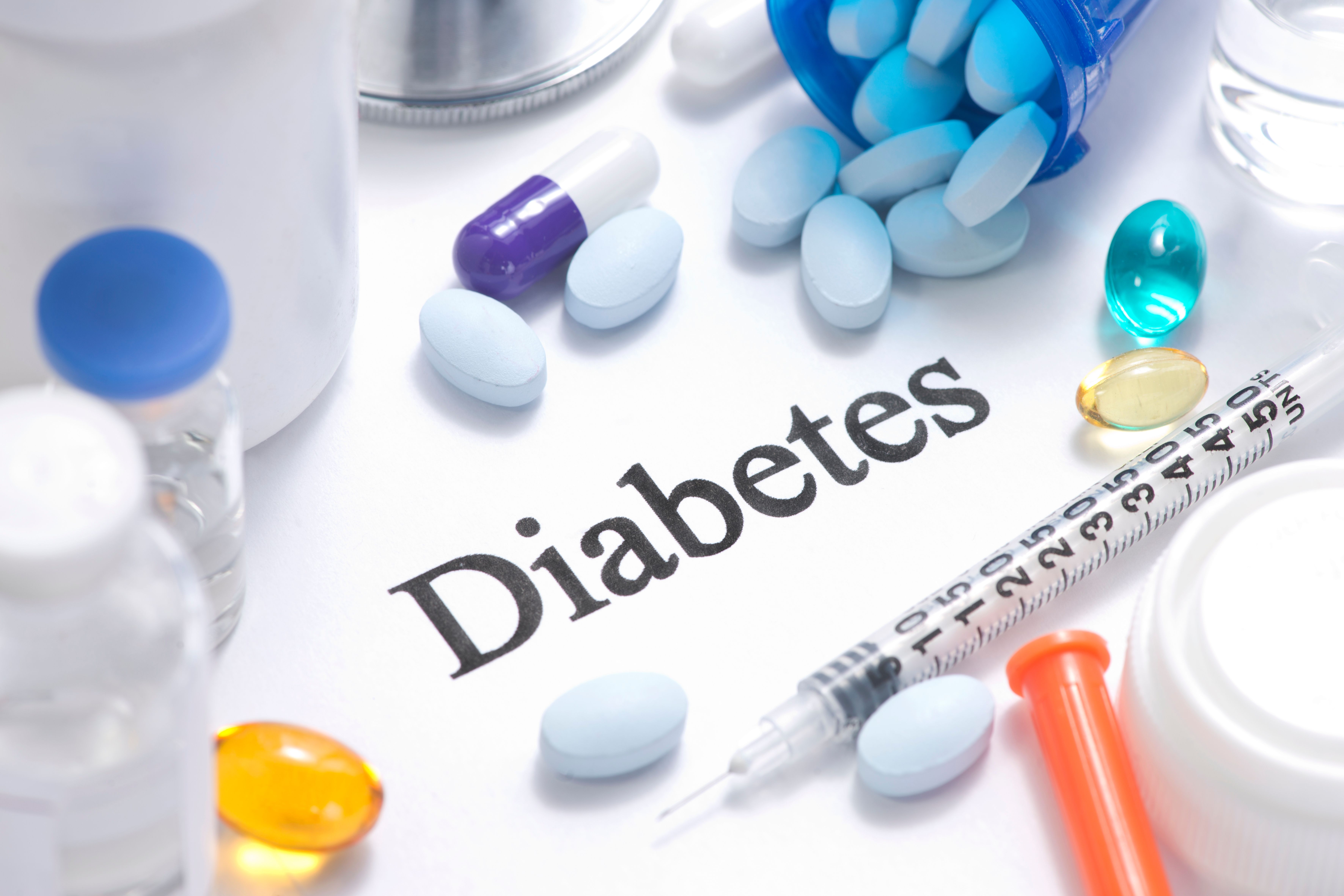Incidence of Type 2 Diabetes Increased Significantly Following COVID-19 Pandemic
Investigators also found that rates of type 1 diabetes have been on the rise since 2016.
For individuals aged 19 years and younger, type 1 diabetes (T1D) has been slightly increasing from 2016 to 2021; however, type 2 diabetes (T2D) has significantly increased since the beginning of the COVID-19 pandemic, according to a study published in JAMA Network Open. The increase in T2D was seen primarily among non-Hispanic Black and Hispanic individuals, according to the study authors.1
Sherry Young - stock.adobe.com

The CDC has found that approximately 283,000 individuals under 20 years of age were diagnosed with diabetes in 2019 in the United States, including 244,000 with T1D. Overall, 28.7 million individuals in the United States had diabetes in 2019.2
For the study, investigators examined the incidence of diabetes among a population of diverse youths in the United States before and during the COVID-19 pandemic. They used data from Kaiser Permanente Southern California between January 1, 2016, and December 31, 2021. The data included those from birth to 19 years of age, who had no history of diabetes. There was a total of 1200, 1100, and 63 individuals who developed T1D, T2D, and other diabetes, respectively, between 2016 and 2021, according to the results.1
Investigators used electronic health records for diabetes incidence, defined as diagnoses, laboratory values, and medications, to follow up on individuals included in the study. The analyses were conducted between November 2022 and January 2023.1
The age- and sex-standardized annual and quarterly incidence rate ratios (IRR) per 100,000 person-years were calculated for both T1D and T2D between 2026 and 2021. They calculated the rates within strata of age, sex, race, and ethnicity. Poisson regression was used to compare incidence rate ratios (IRRs) from 2020 to 2021 and 2016 to 2019, calculated by diabetes type, age, sex, race, and ethnicity.1
The study authors reported that the incidence of T1D increased from 18.5 per 100,000 person-years between 2016 and 2019 to 22.4 per 100,000 person-years between 2020 and 2021. Investigators also found increases in IRRs among those aged 10 to 19 years, male individuals, and Hispanic individuals.1 When the data were compared in the 2 timeframes, the incidence rate of T1D was 17% higher from 2020 to 2021, according to the results.1
Additionally, for T2D, there was an increase from 14.8 per 100,000 person-years between 2016 and 2019 to 24.7 per 100,000 person-years between 2020 to 2021. The study authors also reported increased IRRs among those aged 10 to 19 years, males, females, and those who were Black, Hispanic, or had other/unknown race and ethnicity.1 In the 2 time periods, the incidence rate of T2D was 62% higher from 2020 to 2021, according to the study investigators.1
Overall, the study showed that in the quarterly rates, T1D incidence decreased from 26.2 per 100,000 person-years in quarter 1 of 2016 to 18.3 per 100,000 person-years in quarter 4 of 2021; however, the rates of T2D incidence increased from 18.4 to 20.3, respectively.1
Study limitations included the patient population because researchers only included those with health insurance, therefore, it may not be fully applicable to less-insured populations, according to the study authors.1
References
- Mefford MT, Wei R, Lustigova E, Martin JP, Reynolds K. Incidence of diabetes among youth before and during the COVID-19 pandemic. JAMA Netw Open. 2023;6(9):e2334953. doi:10.1001/jamanetworkopen.2023.34953
- Centers for Disease Control and Prevention. Prevalence of diagnosed diabetes. September 30, 2022. Accessed September 25, 2023. https://www.cdc.gov/diabetes/data/statistics-report/diagnosed-diabetes.html#:~:text=283%2C000%20children%20and%20adolescents%20younger,244%2C000%20with%20type%201%20diabetes
